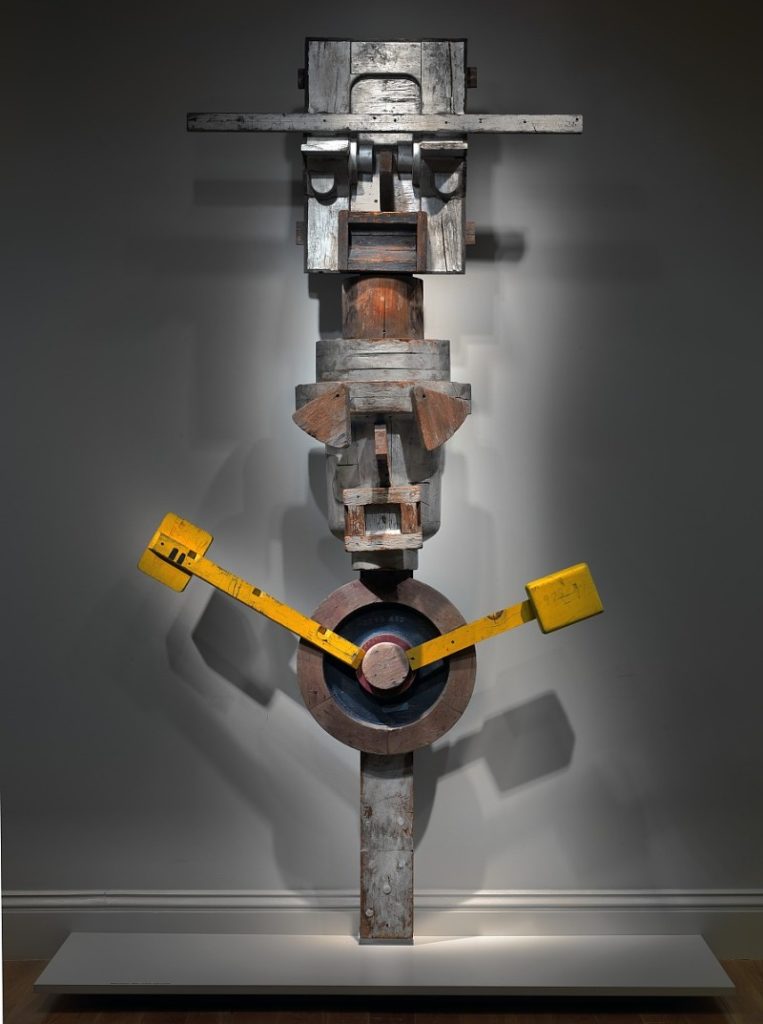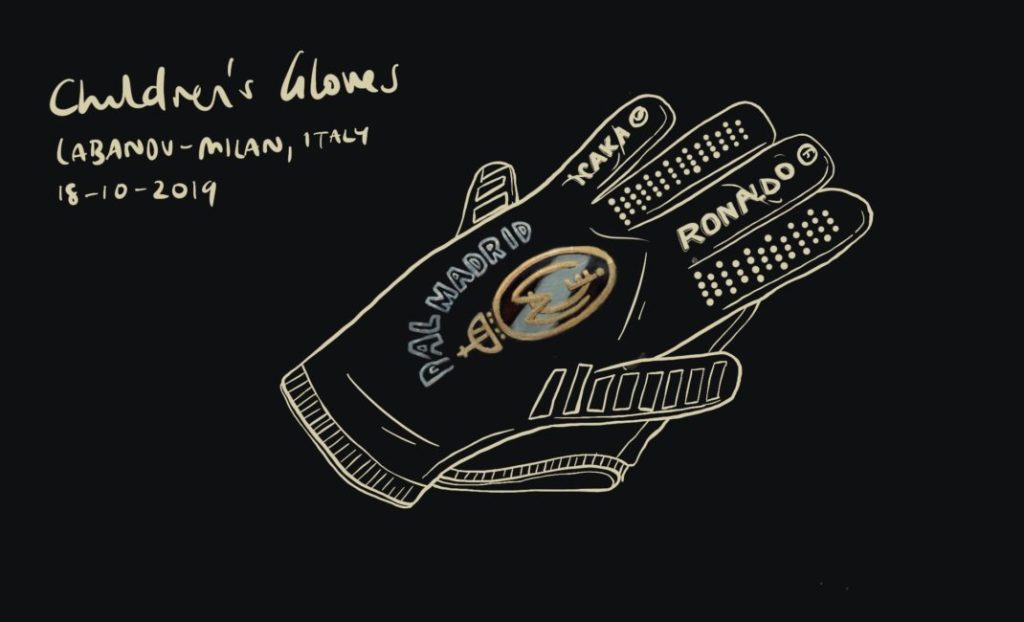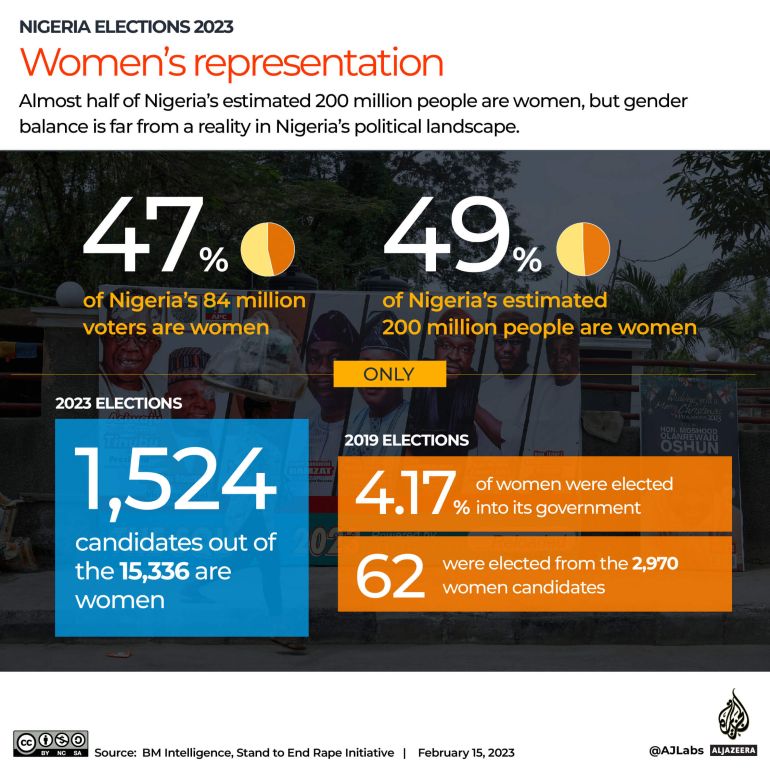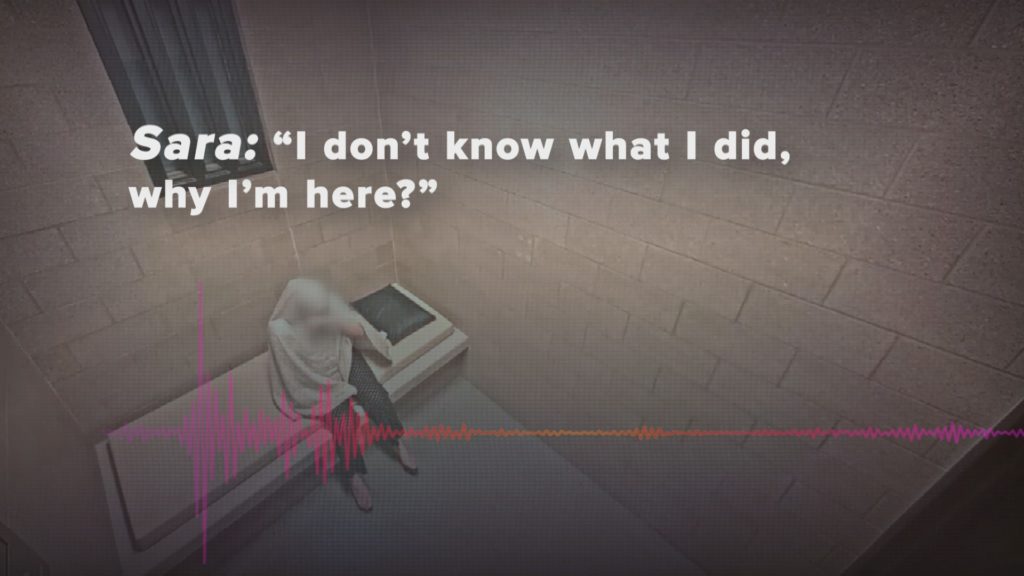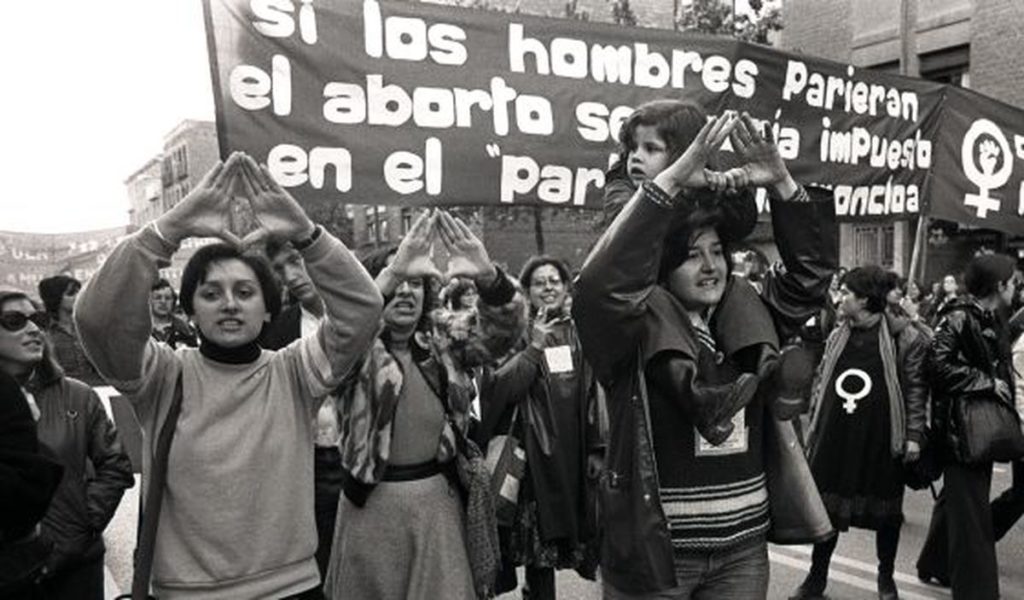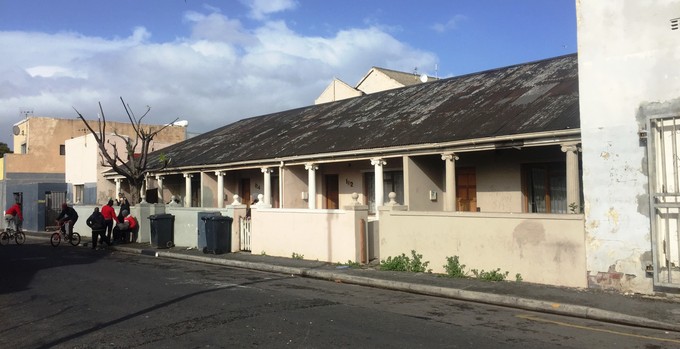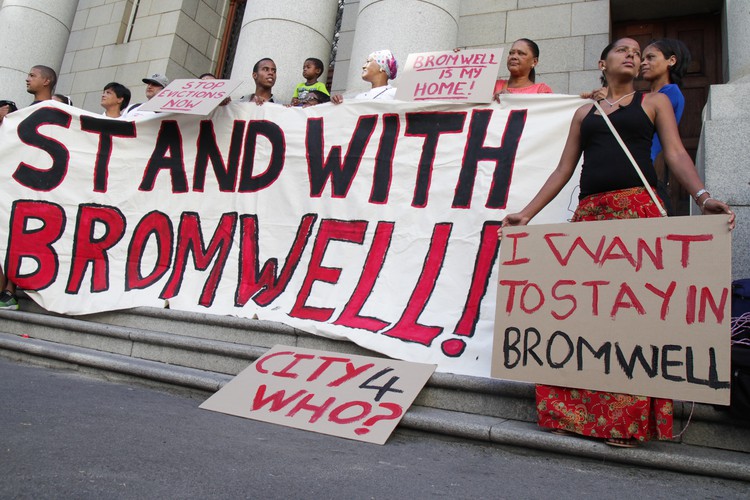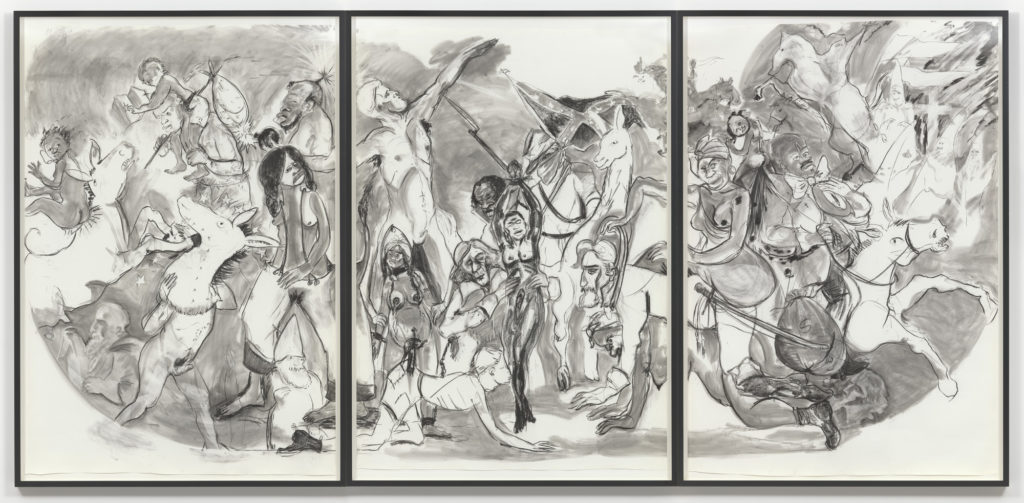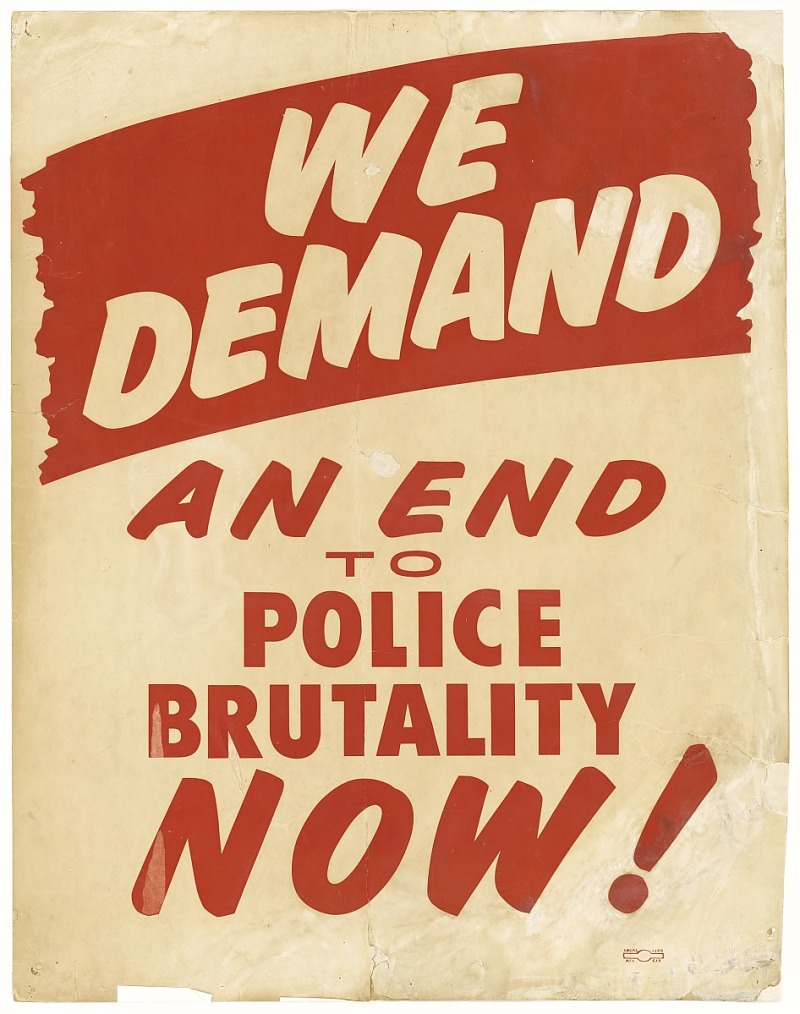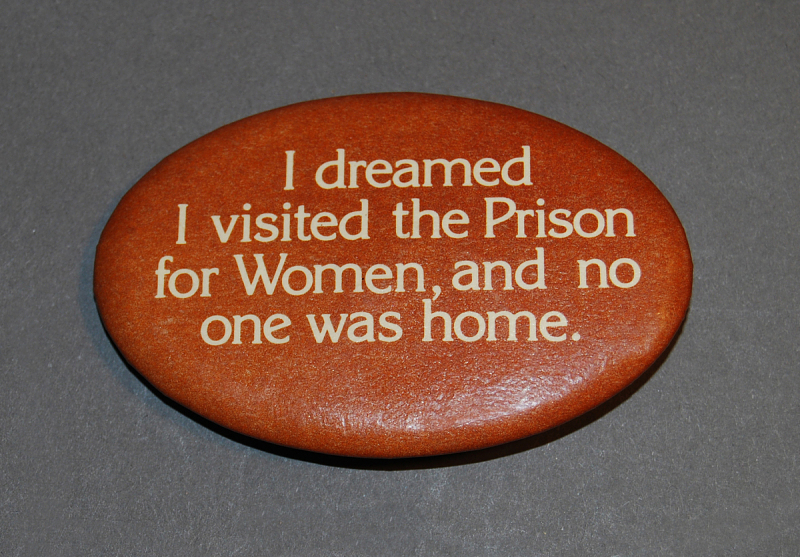
Last July, India’s prisons were at 155% capacity. 80% of the `residents’ were remand prisoners, people awaiting trial. Maharashtra prisons were at 105.8% capacity. Maharashtra has 60 central and district jails. Of them, one, Byculla Women’s Jail, is the only one dedicated for women and children. On March 31, 2020, Byculla, capacity 200, held 352 women. That’s 176% occupancy rate. In September 2021, as Covid raged through Byculla, the jail held close to 300 women. Today, Byculla holds 414 women. So, it’s gone from a `scandalous’ 105.8% … to a perfectly reasonable 200.1%?
Meanwhile, today, Maharashtra’s state prisons department reports that the situation in jails is equally catastrophic, if not worse. For example, the Thane district jails have a capacity of 3,794. They currently house 9,284. Among those jails, the Kalyan jail has a capacity of 540. It houses 2,061 people. The Thane Central prison has a capacity of 1,105. Today, it holds 5,057.
And then there’s this: “Although the jails in the district can accommodate only 60 women inmates, they were holding 290 women.” Women’s jails are at 483% capacity. Of course, the response of the state is to build more prisons. Not to question the process, not to wonder at what crimes, other than that of being women, these women have supposedly committed, not to wonder what happens to the concepts of law, justice, punishment even, when almost five people are crammed into spaces designed to hold at most one.
Activists, many of them formerly incarcerated women, have said that the government should consider decongesting prisons and jails. The government did just that, and the numbers soared to historic highs, especially for women. For women in Maharashtra and beyond, the process – rule of law, due process, presumption of innocence, innocence itself, justice itself – is the punishment. Often, it’s a death penalty. Cry cry cry, set the women free.
(By Dan Moshenberg)
(Image Credit: Smithsonian)

